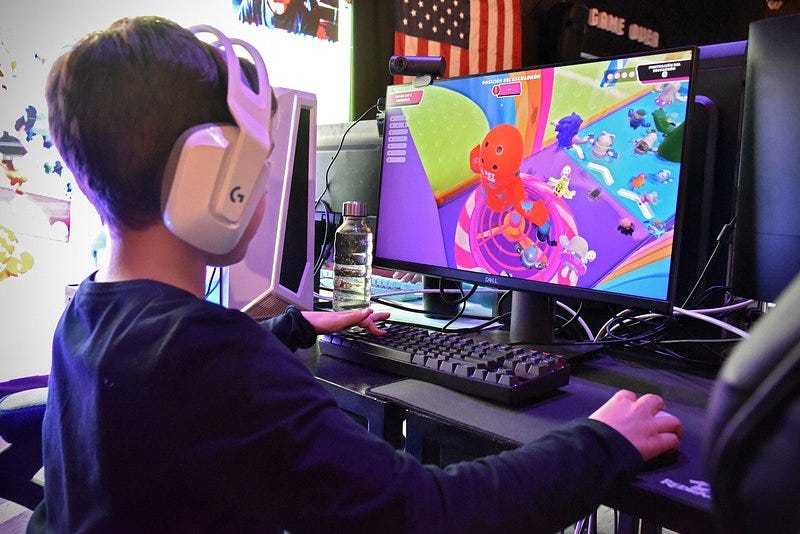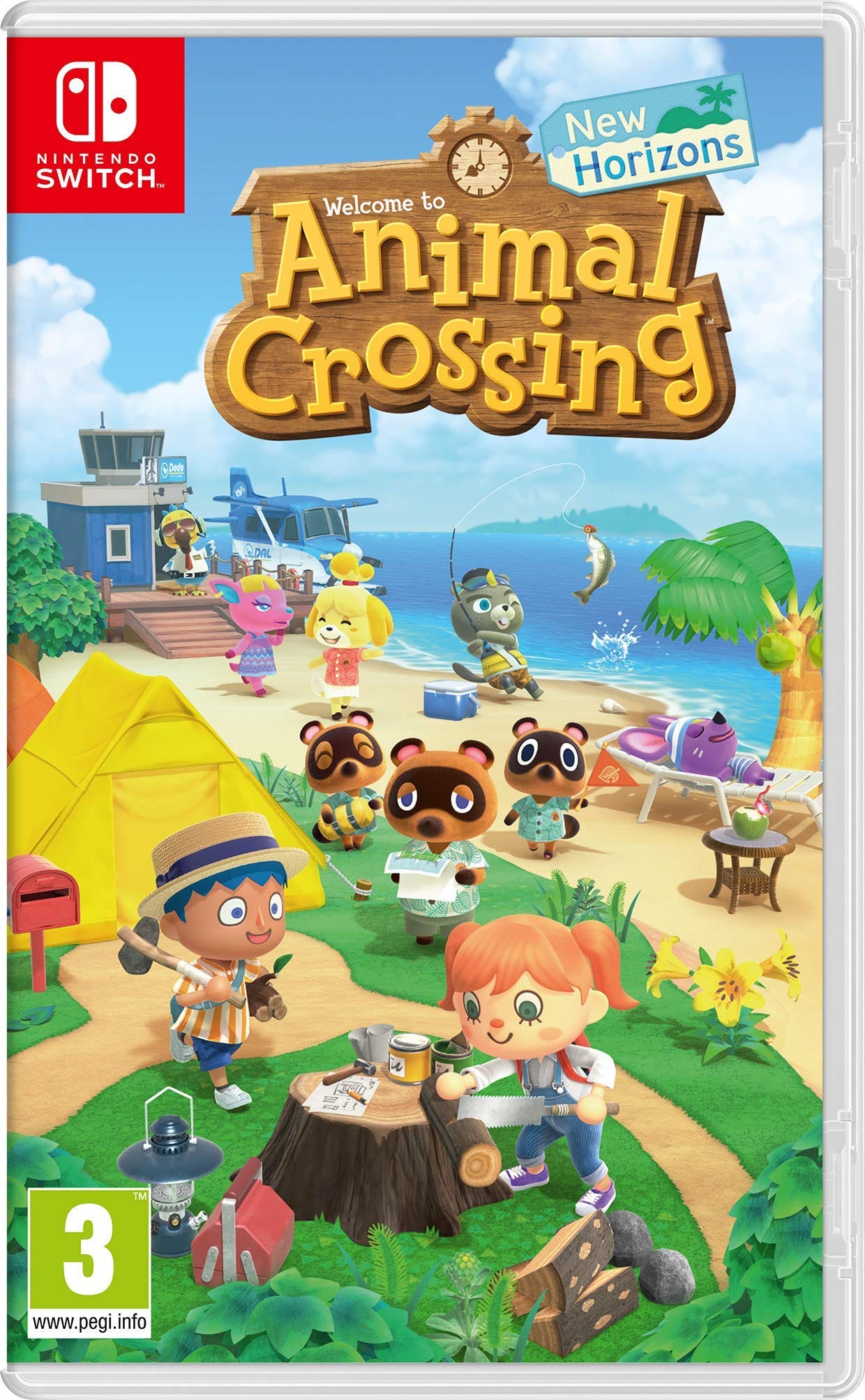Exploring the Therapeutic Potential of Video Games
More Than Just Entertainment?
The idea that video games might be a tool for therapy seems, on the face of it, patently absurd. But is it? Mental health professionals have used ice-breakers forever. A young adult may sit across from you and speak about what is going on for them. If you work with children and teenagers, however? You might well find yourself working with somebody who lacks the confidence or even the language to engage in therapy or coaching.
Traditionally, and if you are an optimist, video games are seen as mere sources of entertainment and, if you are a pessimist, they are contributors to sedentary lifestyles, social isolation, violence and any other social ill possible. Neither of these is the full, or accurate, story, however. video games are now being reconsidered for their potential therapeutic benefits. Our understanding of mental health is always evolving—and so is our understanding of our practice too.
That being said, it's true that excessive gaming can have negative consequences, such as addiction and impaired social functioning. It can even lead to underage gambling, which I will cover in a future post (as well as how to get help). Research suggests that under the right circumstances, gaming can offer unique therapeutic advantages.
So, what are the benefits?
Without further ado, they may include:
Stress Relief: Video games can provide a form of escapism—which is also what their detractors point to. Shouldn’t we all escape from life sometimes, though? That might be difficult relationships or a school life that is grinding away right now. It also might be stress-relieving to be good at something where there is not how you feel for the rest of your life. Competence is another reason children and teenagers are drawn to video games.
Emotional Regulation: Video games will bring up several emotions—frustration that you were so close to winning but you just didn’t, or euphoria where the opposite happens. often elicit a range of emotions, from excitement and joy to frustration and anger. It can also just be a sense of comfort, or even encountering difficult concepts like bereavement. Games provide an opportunity to navigate and regulate these emotions within the safe confines of a game. Arising from this can be better emotional regulation skills in real life. Children and teenagers struggling with mood disorders or emotional dysregulation can use gaming as a therapeutic tool for practising self-control and resilience.
Social Connection: I am also going to go against the grain here and say that gaming can be a profoundly social activity. Through gaming, young people can develop meaningful connections with their peers. They can also develop meaningful relationships with much older people—so don’t forget your role as appropriate adults to ‘get’ their world and keep them safe from the less savoury parts of it. Multiplayer games, online communities, and gaming conventions provide opportunities for social interaction and camaraderie among players. For individuals who may have difficulty forming relationships in traditional social settings, gaming can serve as a platform for building friendships and support networks.
Cognitive Enhancement: Many video games make their players come up with strategies or problem-solve—think of a tough boss fight—to win. They ask their players to think critically, whether it is about ethics or their next moves. All of these help with sharpening cognitive skills such as memory, attention, and spatial reasoning (sometimes). Puzzle games and strategy games, for examples, are particularly effective at challenging the brain and promoting mental agility.
What Games? Like Animal Crossing?
Yes! I won’t make an exhausting list—but this is a good example. Animal Crossing is what is also known as a ‘cosy game’—which is a whole new genre apparently—where you play as a human character who has moved to a remote island to start a new life. There are a few features it has that help it make it into this category:
Real-time Gameplay: The time in the game and the real world sync up. When it’s night here, it’s night there. Islanders go to bed. The shop closes. The seasons change. For this reason, players might be encouraged to have their lives mirrored with good sleep routines, checking in and embracing change.
Customisation: Players have extensive options to customise their character, the island itself, and their new homes. They can choose furniture and decorations, design clothing patterns, and even shape the landscape of their village or island.
Social Interaction: The game social interaction. Young people playing the game can visit other villages or islands, exchange gifts, participate in multiplayer minigames, and communicate using text or emotes (but this is really hard to type on, so…). The changing seasons and seasonal tasks mean
Self-Regulation: It’s quite a slow game lacking in loads of stimulation. Not much happens, good or bad. That can be calming. This is not a game to give you any adrenaline in the slightest.
Then Why Isn’t Gaming Being Used Professionally?
Actually… it is. So, here are some examples of how they may be used professionally and personally to improve our mental health:
Gamification: Psychologists and therapists have begun incorporating gaming into their treatment approaches. This is known as "game-based therapy". It might also be called gamifying as it turns what might be thought as a chore into a game to get good at—remember we talked earlier about competence? These games are designed to engineer specially designed interventions—most commonly Cognitive Behavioural Therapy (CBT)—to address various mental health issues, such as anxiety, depression, PTSD, and ADHD. By engaging in interactive gameplay experiences, therapists can facilitate emotional expression, problem-solving, and skill-building in a controlled and supportive environment with their clients. One example of this type of game is Lumi Nova.
Ice Breakers: I mentioned them earlier. Games are a really important way of breaking the ice with a new client who is a child or a teenager. They may help them to switch the gears in their brain to facilitate a conversation with a mental health professional. This has traditionally been Uno or Jenga. These days it might be a video game if the mental health space allows. Eventually, there might be no need for this type of game-playing. At some point, the games might not even be required as they have helped the young person regulate themselves sufficiently to take part in the therapy or have made them comfortable enough to do so with a new, unfamiliar adult.
Are there downsides?
Unfortunately.
There’s loads of evidence that there are benefits to Despite the growing evidence supporting the therapeutic benefits of video games, it's important to acknowledge that not all games are created equal. Some games may exacerbate existing mental health issues or promote unhealthy behaviours such as addiction. Games that might encourage addiction could include Minecraft and Roblox due to the in-game currency.
By no means will all video games solve all mental health problems—but they may help. Gaming has potential as a therapeutic tool when approached mindfully and responsibly. The immersive, interactive nature of gaming means that young people can reap a variety of benefits for their well-being, from stress relief and emotional regulation to social connection and cognitive enhancement.
So, next time you pick up a controller, remember that you might just be engaging in a form of therapy without even realising it. If you’re unsure, you can always ask a professional.
Can you help me?
I can try! Get in touch:
Final thoughts
Everything in its measure. Gaming should not be the only way the young people in your life try to improve their mental health. They should balance that with a life that is mixed, with variety, and that strives for balance in all things.
Did you like this post? Think you have a friend who might want to read it?
Make sure you don’t miss any of my other posts:




